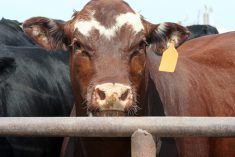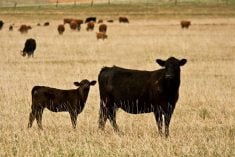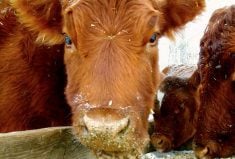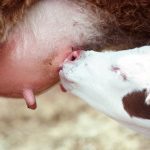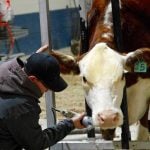Compared to last week, western Canadian feeder cattle prices were unchanged to $2 higher on average. Feeder cattle markets appear to have divorced from the fed cattle complex and calves are now reaching levels not seen since November last year.
Feedlot operators were fairly aggressive on all weight categories under 900 lbs., but heavier yearlings were discounted on a sharper slide. At this time of year, many auction barns are holding smaller sales every second week. Lower available supplies and favourable rains over the past week have renewed buying interest for feeders that can be held on grass the next couple months. The cow-calf operator realizes that current values are hard to pass up. Most producers don’t sell calves in June even if a 625-lb. steer brings back almost $1,400. At the same time, buyer’s remorse can set in very quickly, given the volatility in live cattle futures, negative margins and uncertainty with feed grain prices. Alberta packers were buying fed cattle in the range of $141-$142 and current breakeven pen closeout values are around $158.
Read Also
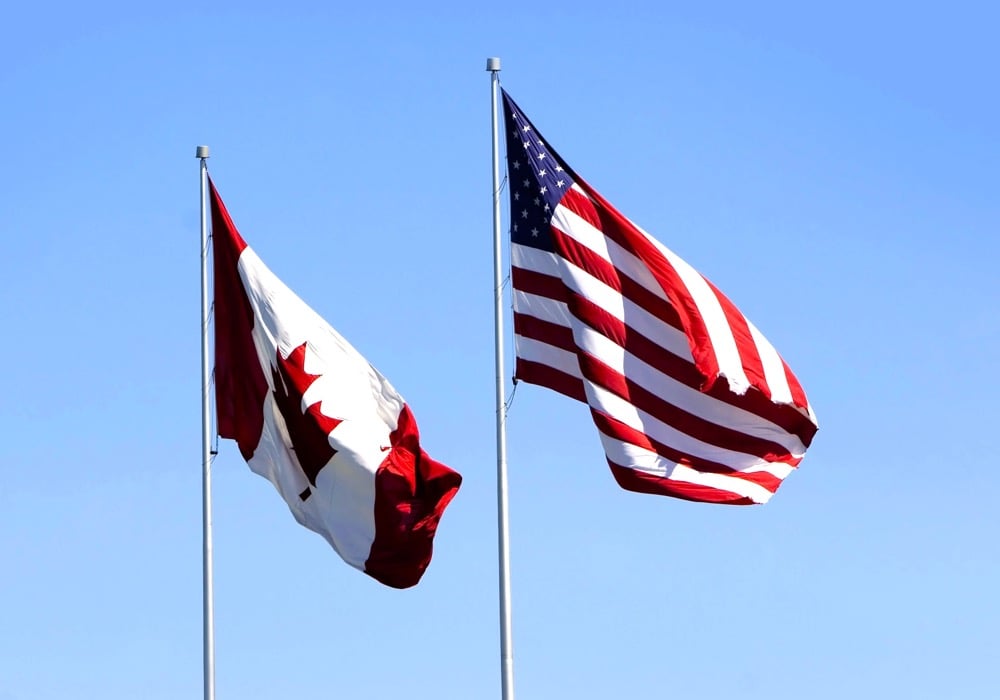
Canadian trade data delayed by U.S. government shutdown
Canadian international trade data for September will be delayed indefinitely due to the ongoing partial shutdown of the United States government, Statistics Canada said Friday, Oct. 24.
Central and southern Alberta markets reflected a $2-$3 premium over the non-major feeding areas of Western Canada. A small group of mixed steers averaging 877 lbs. were quoted at $175 in central Alberta while similar-weight cattle were valued at $170-$172 in eastern Saskatchewan and southern Manitoba. Heifers averaging 850 lbs. were readily trading in the range of $153 to as high as $158 landed in southern Alberta.
Calf prices were quite variable across the Prairies, depending on pasture conditions. Some pockets could use additional precipitation and prices seemed to soften in these areas. In east-central Saskatchewan, medium- to larger-frame steers averaging 625 lbs. were quoted at $218; however, in central Alberta, mixed steers averaging 620 lbs. traded for $206.
Cow-calf pairs are starting to come on the market. Prices range from $2,500 to as high as $3,300, but again, ranchers are not as aggressive in drier areas.
— Jerry Klassen manages the Canadian office of Swiss-based grain trader GAP SA Grains and Produits Ltd. and is president and founder of Resilient Capital, specializing in proprietary commodity futures trading and market analysis. Jerry consults with feedlots on risk management and writes a weekly cattle market commentary. He can be reached at 204-504-8339.




